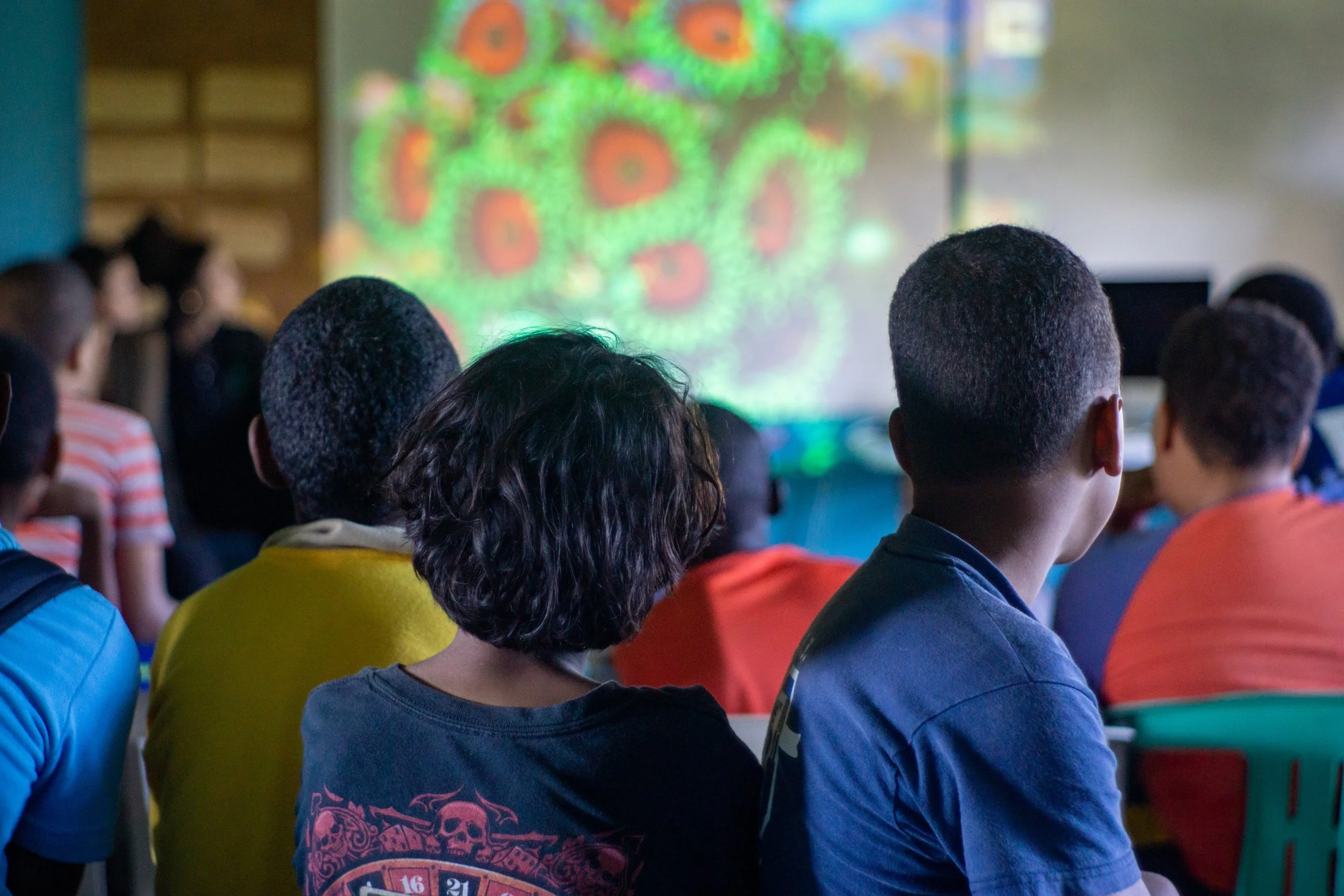From Ridge to Reef: Global Coralition’s Integrated Approach to Ecosystem Restoration
Global Coralition applies a ridge-to-reef approach to restore coastal ecosystems, connecting the mountains, rivers, mangroves, and coral reefs into one living system. By combining science, community action, and education, we work to regenerate nature from land to sea.
Understanding the Ridge-to-Reef Approach
The ridge-to-reef framework recognizes that everything in nature is interconnected — from the highest mountain ridge to the deepest coral reef. What happens on land directly affects the health of coastal and marine ecosystems. When forests are cleared, when soil erodes, or when pollutants enter rivers, these impacts eventually reach the ocean, damaging mangroves, seagrass beds, and coral reefs.
A ridge-to-reef approach integrates conservation and restoration across this entire continuum. It promotes watershed management, forest protection, sustainable agriculture, mangrove restoration, and coral reef rehabilitation as parts of a single ecological system.
This holistic model is essential for the Caribbean, where land and sea are tightly linked and where the well-being of coastal communities depends on the health of both.
Applying the Ridge-to-Reef Model in the Dominican Republic
At Global Coralition, we bring the ridge-to-reef philosophy to life through hands-on restoration and education. Operating from our hub EcoSoluciones RD, we work along the north coast of the Dominican Republic — focusing on the interconnected ecosystems of Cabarete and Sosúa Bay.
Our projects begin at the source: protecting and restoring mangrove forests, which act as natural filters between land and sea. Mangroves trap sediments, absorb excess nutrients, and stabilize coastlines, preventing erosion and safeguarding coral reefs from land-based pollution.
Further offshore, we restore coral reefs, which form the final link in this ecological chain. Healthy reefs protect shorelines from wave energy, support marine biodiversity, and provide food and livelihoods for local communities.
Together, these two ecosystems — mangroves and coral reefs — are nature’s frontline defense against climate change. By restoring both, we reinforce the resilience of the entire coastal system.
Mangrove planting in the Cabarete and Goleta Lagoon.
Art as a Bridge Between Nature and People
A unique aspect of Global Coralition’s work is the integration of art as an ecological and cultural bridge. Our underwater sculptures serve as living canvases for coral restoration, blending science, spirituality, and creativity to inspire environmental awareness.
One of the most iconic examples is Atabey, a monumental underwater sculpture located in Sosúa Bay. Representing the Taíno mother goddess of fertility and fresh waters, Atabey embodies the deep connection between humanity and the ocean. Around her, our team plants and cultivates coral fragments, transforming the sculpture into a thriving marine habitat — a symbol of renewal and resilience beneath the waves.
Through Atabey and future sculptures, Global Coralition merges art, ecology, and community, inviting people to reconnect emotionally with the sea and to recognize the ocean as a living, sacred ecosystem.
Atabey Sculpture in Sosúa Bay, Dominican Republic
Science Meets Community
Our ridge-to-reef approach goes beyond environmental restoration; it’s about reconnecting people with the ecosystems that sustain them.
Through environmental education, corporate volunteering, and youth engagement, we help local communities understand their vital role in protecting the watershed, the coast, and the ocean. We integrate traditional knowledge with modern restoration techniques — from mangrove planting to coral microfragmentation — creating opportunities for participation at every level.
Each activity is designed not only to restore ecosystems but also to cultivate environmental stewardship. When communities, schools, and companies join us in the field, they witness firsthand how a single action — like planting a mangrove seedling — contributes to the protection of coral reefs downstream.
Scientific talk at a school in Sosúa.
Restoring Balance from Land to Sea
The ridge-to-reef model transforms conservation into a continuum rather than isolated efforts. It invites us to think systemically — to understand that a tree planted in the watershed, a mangrove restored on the coast, and a coral grown underwater are all part of the same solution.
At Global Coralition, we see this approach as the foundation of long-term environmental resilience. It ensures that restoration efforts upstream support life downstream, securing a healthier ocean for future generations.
Our work demonstrates that true regeneration begins where ecosystems connect — where rivers meet mangroves, and mangroves meet coral reefs.
Our Coral Technician, Melfin Martínez, planting corals on domes around Atabey.
A Vision for a Living Future
As climate change continues to threaten both land and sea, the ridge-to-reef approach offers a pathway of hope. It aligns science with community action and connects conservation with culture.
By restoring natural systems from ridge to reef, and blending art, education, and restoration, we are not only healing ecosystems but also rebuilding the relationship between people and the planet.
At Global Coralition, we believe that the future of the ocean begins on land. Together, we can protect both.






